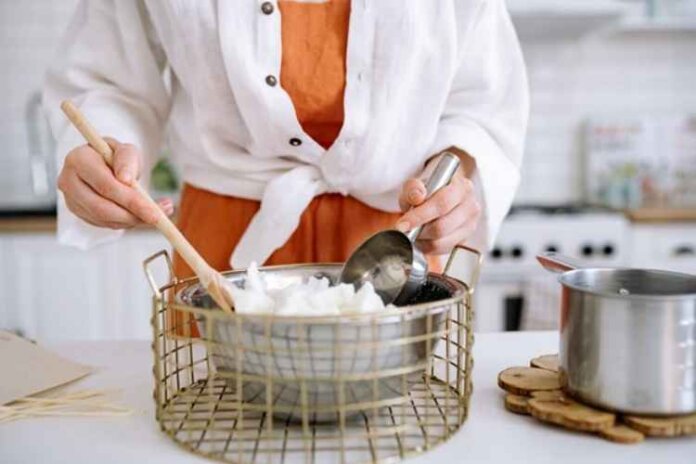
Dating back over 5,000 years ago, candles are one of the oldest light sources in our world. These days, candles are more decorative than functional.
Candles have come a long way from traditional beeswax. Whether making or buying candles, you may be wondering what other types of wax are used.
We go over the different types of candle wax in this handy guide.
Paraffin Wax
If you are picking a candle out at a big box store, there’s a high chance it’s made of paraffin. This wax can is versatile because it has different melting points. This makes it the perfect medium for many types of projects.
There is a downside to this type of wax, though. The main component of this wax is made from a crude oil by-product. Because of this factor, paraffin wax is not good for the environment.
Soy Wax
Soy is a newer wax that is becoming more popular for candle making because it is a greener option than paraffin. Developed in the 1990s, this was a natural alternative to the oil-based paraffin. Find more information here about this environmentally friendly wax.
Soy wax comes from soybean oil. You can mix other oils into soy wax, but the soy needs to be at least 51% of the overall wax makeup. The maker would classify this wax as a blend and not 100% soy.
Palm Wax
Another natural wax option to use for your candles is palm wax. This stiff wax is usually used in pillar candles.
Candles made of palm wax have a pretty feathered finish. You can find this wax mixed with other types of wax to make it stronger.
Beeswax
The oldest wax on this list is beeswax. It is a popular option for making candles and other wax crafts.
This natural wax comes from the hives of bees as they make their comb. The wax comes into contact with the honey that the bees produce. Because of this, burning candles made of beeswax has a sweet scent.
Beeswax comes in several different formats. You can find this wax in sheets, slabs, or small, easily formed pellets.
Granulated Wax
If you are into making candles yourself, give granulated wax a try. This wax is very small, about the size of pieces of sand.
You can find granulated wax in different colors and smells. To use this wax, all you have to do is pour it into a glass container made for a candle. There is no melting needed!
Gel Candle Wax
This sneaky wax isn’t wax but is still commonly used in candles. The process to make gel wax involves combining mineral oil and resin. The result is a colorful, see-through candle.
Gel wax candles come in a wide array of colors and scents. The final product looks like water, which makes them a popular option for novelty candles.
Now You’re Ready to Make or Buy Any Candle!
Not all candle wax is the same! Knowing the differences between waxes will arm you with the knowledge you need when it comes time to choose wax for your next project.
Did you enjoy this article on candle wax? There is more where that came from! Check out our other lifestyle articles today!











